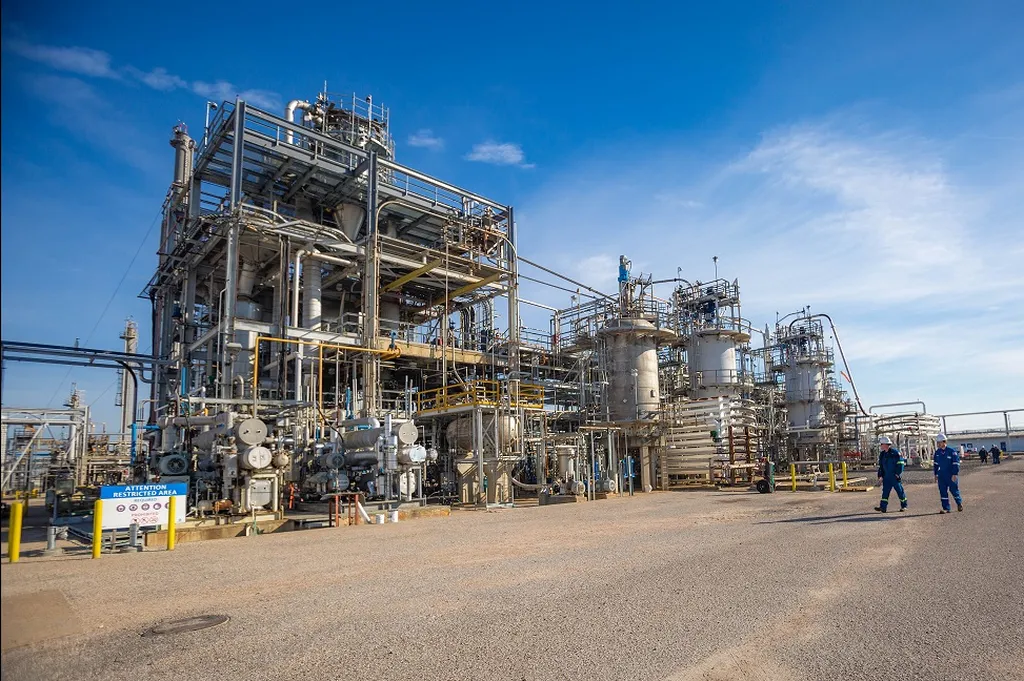In a groundbreaking development poised to reshape the landscape of thermoplastic elastomers, researchers have introduced an innovative method to enhance the compatibility of nylon-12 and natural rubber blends. This advancement, published in the esteemed journal *eXPRESS Polymer Letters* (which translates to *Polymer Letters Express*), promises to open new avenues for the energy sector and beyond.
At the heart of this research is Jutatip Makmanee Treitler, whose work focuses on creating more robust and sustainable materials. Treitler and her team have developed a novel approach using hydroxyl telechelic natural rubber as a reactive compatibilizer, significantly improving the interfacial adhesion between nylon-12 and natural rubber. “The key to our success lies in the synthesis of hydroxyl telechelic natural rubber,” Treitler explains. “By converting natural rubber through oxidative cleavage and subsequent reduction, we’ve created a material that dramatically enhances the mechanical properties of the blends.”
The process involves dynamic vulcanization using phenolic resin, which strikes an optimal balance between strength and ductility. The incorporation of areca husk fiber further bolsters tensile strength, hardness, and solvent resistance, although it slightly reduces ductility and tear strength. “This dual approach not only improves the material’s performance but also aligns with the growing demand for sustainable and eco-friendly solutions,” Treitler adds.
The commercial implications for the energy sector are substantial. Enhanced thermoplastic elastomers can lead to more durable and efficient components for various applications, from seals and gaskets to flexible pipelines and insulation materials. The improved solvent resistance and mechanical properties make these materials ideal for harsh environments, ensuring longevity and reliability.
Rheological analysis revealed that the addition of hydroxyl telechelic natural rubber increases melt viscosity due to improved phase interactions, while dynamic vulcanization reduces the melt flow index through network formation. Solvent uptake experiments confirmed that the new formulation minimizes swelling in common solvents like isooctane, toluene, and diesel oil, further enhancing its suitability for energy sector applications.
This research not only advances the field of thermoplastic elastomers but also underscores the potential of natural and sustainable materials in high-performance applications. As the energy sector continues to evolve, the demand for innovative and eco-friendly materials will only grow. Treitler’s work sets a new standard, paving the way for future developments in material science and engineering.
With the publication of this research in *eXPRESS Polymer Letters*, the scientific community now has a roadmap for creating more robust and sustainable thermoplastic elastomers. The implications are far-reaching, promising to revolutionize industries that rely on high-performance materials. As Treitler and her team continue to push the boundaries of material science, the future looks brighter and more sustainable for the energy sector and beyond.

